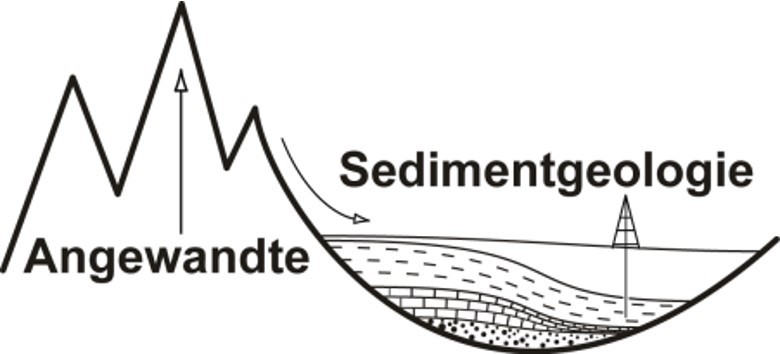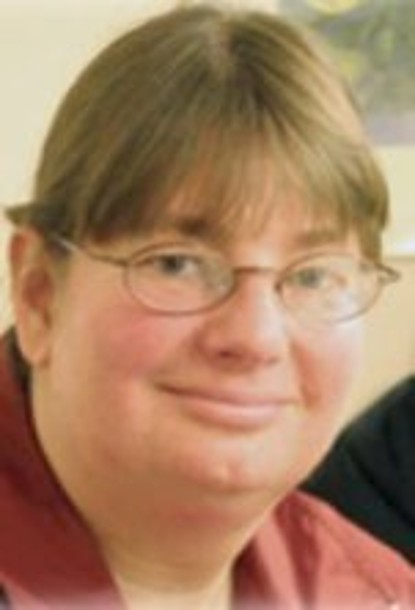The bachelor of the “Applied Geosciences” was introduced at the Technical University of Darmstadt in the 2008/09 winter semester and reaccredited for the 2014/15 winter semester. In this course of study you will learn the scientific basics in chemistry, mathematics and physics on which the geoscientific courses are based. In addition to the typical lectures at a university, the Bachelor of Applied Geosciences includes a variety of exercises, internships and field courses, which are intended to prepare you for your future career in the geoscientific fields of activity.
Covid-19:
Please note that due to the Covid-19 pandemic, curricula, stays, excursions, etc. had to change. Face-to-face teaching is not possible as usual. If you have any questions on this topic, please contact the Student Office.



